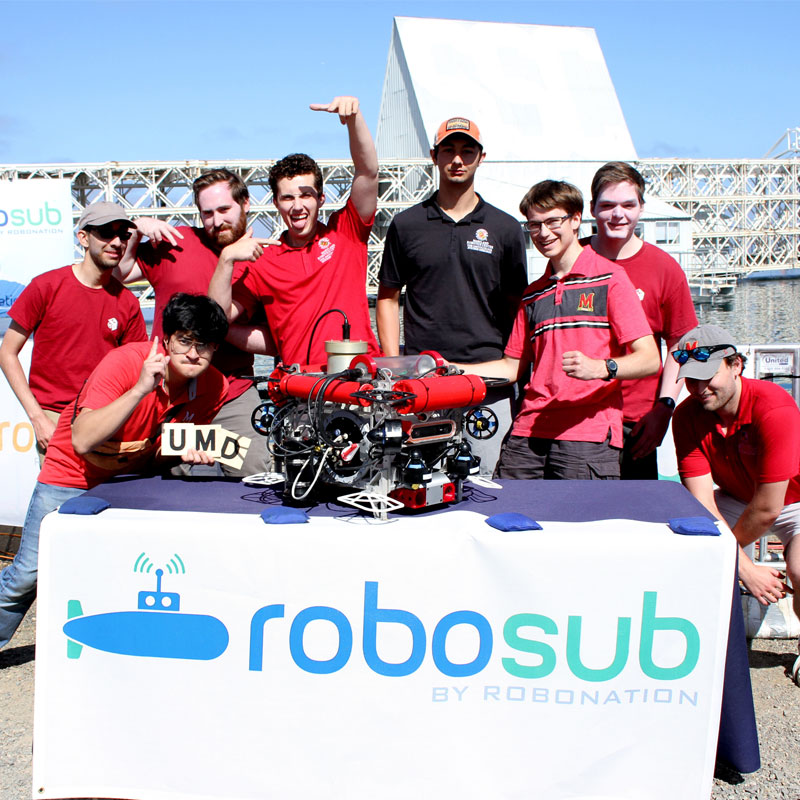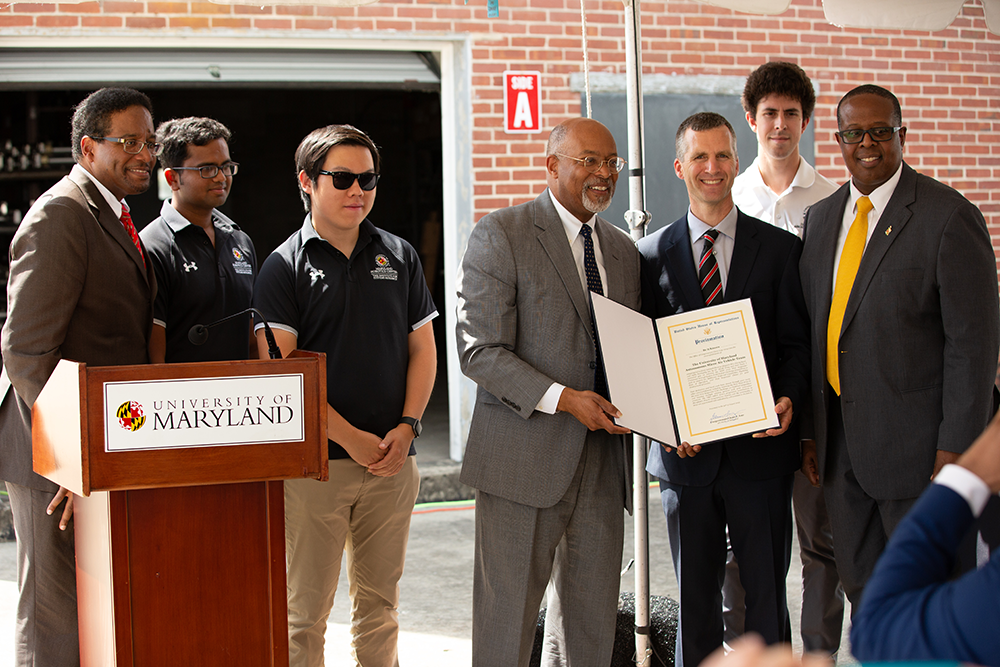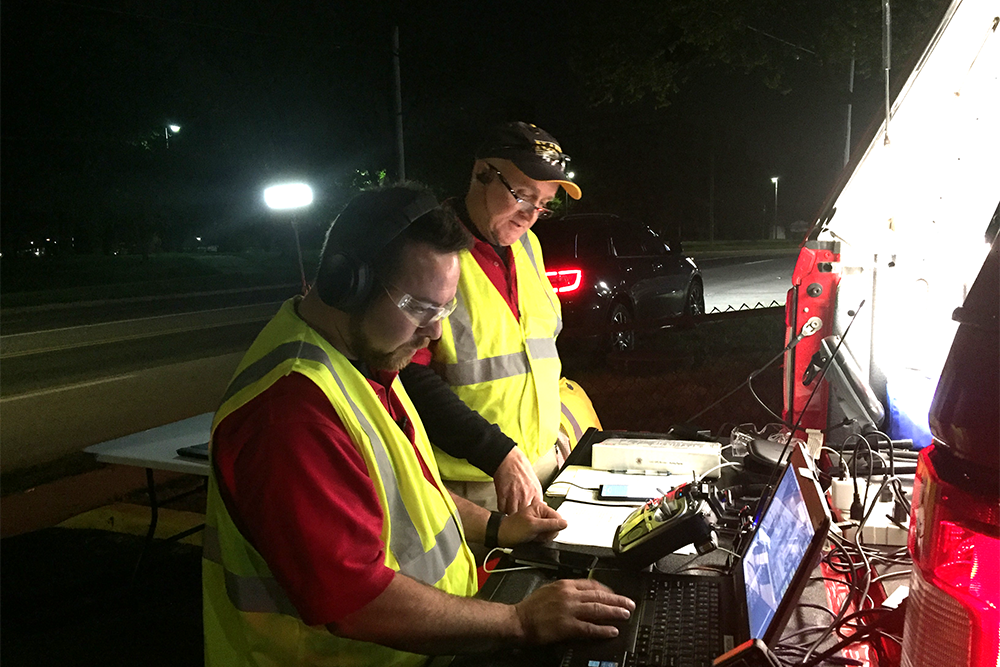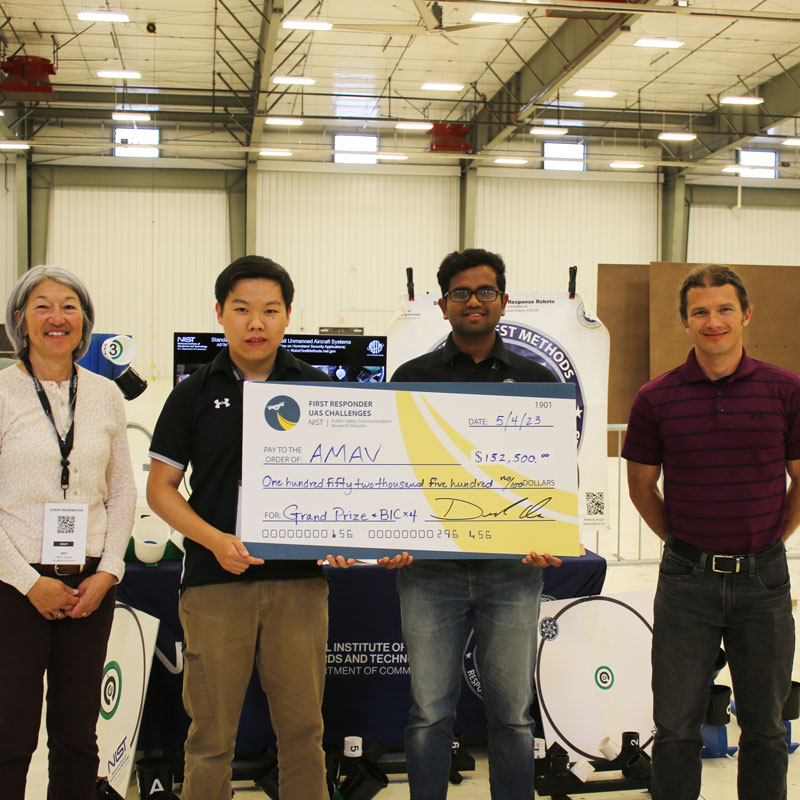News Story
Director’s Message: Robust Counter UAS is Integral to Successful Airspace Integration

This article from Matt Scassero appeared in the June 2018 edition of our quarterly newsletter. To subscribe, visit go.umd.edu/UASsubscribe.
Let’s be honest, the misuse of drones began as soon as they were available—especially when lower costs and higher processor speeds put them in everyone’s hands. You’ve probably heard about the scariest cases: terrorists using weaponized quadcopters on the battlefields in Syria, cartels transporting drugs across national boundaries, and friends of prisoners dropping contraband into correctional facilities. For each of these examples, though, there are many more instances where an unprepared or unaware pilot slips into airspace without authorization.
As much as we want to support new uses of unmanned aircraft systems (UAS), we also need to address the misuse of these tools. For us at the UAS Test Site, that means supporting and catalyzing progress in three key areas.
Research expertise. To address any rogue UAS threat, regardless of its source or intent, you must detect, locate, track, identify, and mitigate that threat. Since the operator of a UAS is not in the cockpit you may have to do all these things for multiple locations: the aircraft or multiple aircraft, their operators, displaced communication nodes, etc.
The military has been gaining valuable expertise in counter-UAS (CUAS) for decades, following on the impressive body of work obtained through years of antiaircraft operations. While the same approaches can be applied to UAS, the technologies have to be tweaked for unmanned systems. The Department of Homeland Security (DHS) and the Department of Defense are partnering with industries—both old guard defense contractors and new avant garde boutique partners who bring with them novel technologies and approaches—to meet this demand. As a result, we are living in a renaissance of capabilities involving RF, LIDAR, acoustics, electro-optics, radar, electromagnetic pulse guns, and kinetic engagements from net guns to bullets.
The Mid-Atlantic region is a hotbed of these innovations. On the University of Maryland’s College Park campus, Dr. Timothy Horiuchi and his research team are developing advanced countermeasures that can be employed at every operational phase and helping move those innovations from theory to real-world applications. The SkyTracker product suite, developed by Virginia’s CACI, accurately and reliably detects, identifies, and tracks UAS. The Maryland-based Department 13 MESMER system can take control of a drone in flight without the use of jamming, essentially hacking the drone. And we at the UAS Test Site are putting systems like this to the test to ensure they are ready and ahead of the threat.
Legislation. Besides all the technical challenges associated with CUAS, there is the regulatory tangle as well. UAS are almost all dependent on electronic communications, and the Federal Communication Commission (FCC) controls not only the RF spectrum that drones operate in but also the ability to interfere with operations within that spectrum. Similarly, since all drones are defined as aircraft by the Federal Aviation Administration (FAA), their operation, and interference with that operation, is also covered by regulations. Attempting to affect an aircraft in flight is a federal violation.
DHS has taken the lead in establishing a cohesive, productive system of regulations related to CUAS. They are supported in this effort by Senate Bill 2836, Preventing Emerging Threats Act of 2018. Heard for the first time earlier this month, S. 2836 addresses authorization for both DHS and the Department of Justice, working with the Department of Transportation, to defend the safety or security of certain covered facilities or assets. The bill would also support research into these capabilities—both the FCC and FAA now consider CUAS research an accepted operation. While S. 2836 is not a panacea, it is an important regulatory stage and another step towards addressing UAS in our airspace. Our stakeholder community knowledge of these efforts and our ability to testify and contribute to them is important.
Investment. In a tight funding environment, collaborative approaches to CUAS are yielding the strongest results. Technical challenge competitions led by defense organizations like SOFWERX, DARPA, and the Naval Postgraduate School, for example, are delivering real breakthroughs. The FAA’s CUAS Pathfinder initiative leveraged industry partnerships to improve airport intrusion detection and mitigation, providing an answer to a very specific aspect of the CUAS threat. Internal research and development funds are being spent by industry to progress and mature both technologies and procedures to make unmanned systems effective. And interested consumers like the NFL, NASCAR, and others are also pledging dollars to defend against drones at their venues. This commitment to team up on CUAS, to bring our A game and resources to this fight, is necessary to be both relevant and to produce outcomes.
Tell us what you think, drop us a line at uasnews@umd.edu.
Published June 21, 2018









